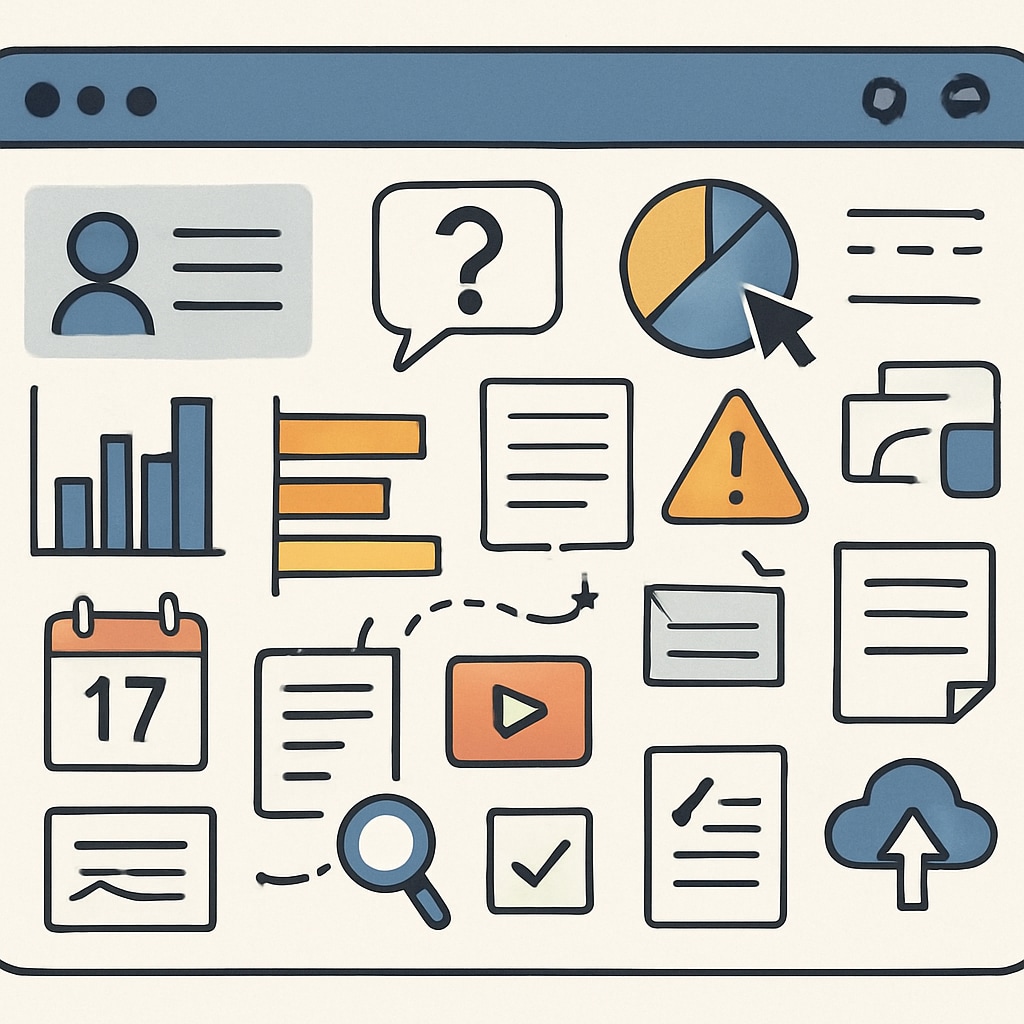K12 education faces numerous “education pain points, tool improvement, and daily challenges” that impact both teachers and students. From overburdened educators to students struggling with engagement, the current system often lacks the necessary tools to address these issues effectively. This article delves into these challenges, examines the gaps in existing solutions, and proposes innovative tools to support a more balanced and effective learning environment.
Understanding the Core Pain Points in K12 Education
The modern K12 education system is under immense pressure. Teachers juggle administrative duties, lesson planning, and classroom management, leaving little time to focus on individual student needs. Meanwhile, students face challenges such as information overload, lack of personalized learning, and decreased motivation. These intertwined issues create a cycle of inefficiency that hinders progress.
For teachers, the lack of streamlined tools to manage administrative tasks is a significant obstacle. For instance, organizing class schedules, tracking student progress, and communicating with parents often involve multiple platforms, which can be time-consuming. Students, on the other hand, often lack access to interactive and engaging tools that cater to diverse learning styles.

Why Current Tools Fall Short
Despite the availability of various education tools, many fail to meet the comprehensive needs of the K12 ecosystem. Most existing tools focus narrowly on specific functions, such as grading or lesson planning, without offering integration across the educational workflow.
For example, digital grading platforms may simplify assessment but lack features for personalized feedback. Similarly, e-learning platforms often provide generic content that doesn’t address diverse learning styles. These limitations result in a fragmented experience for both teachers and students, leading to inefficiencies and unmet needs.
Additionally, many tools are not user-friendly, making adoption challenging for educators who may not be tech-savvy. As a result, teachers often revert to traditional methods, further exacerbating inefficiencies.

Innovative Solutions for K12 Education
To address these challenges, we need tools that are holistic, user-friendly, and tailored to the needs of both teachers and students. Here are some key features that innovative tools should include:
- Integration: Platforms should combine lesson planning, grading, and communication into a single, seamless system.
- Personalization: Tools should adapt to different learning styles, offering customizable content for students with varying abilities.
- Engagement: Interactive and gamified elements can increase student participation and motivation.
- Accessibility: Intuitive interfaces and cross-platform compatibility can ensure usability for all educators and learners.
For example, emerging platforms like ClassDojo and Edmodo have made strides in integrating communication and classroom management. However, there is still room for innovation, particularly in incorporating AI-driven personalization and real-time analytics.
The Path Forward: Collaborative Development
To create truly effective solutions, collaboration between educators, developers, and policymakers is essential. Teachers should be actively involved in the design process to ensure tools address real-world challenges. Additionally, continuous feedback loops can refine these tools over time, making them more effective and efficient.
As the education landscape evolves, the adoption of innovative tools will not only alleviate the burden on teachers but also empower students to take charge of their learning. By addressing the core “education pain points, tool improvement, and daily challenges,” we can pave the way for a more equitable and productive K12 education system.
Readability guidance: This article uses concise paragraphs and lists to summarize key points. Transitions like “however,” “for example,” and “in addition” ensure smooth flow. The suggestions provided aim to inspire innovation in educational tools.


